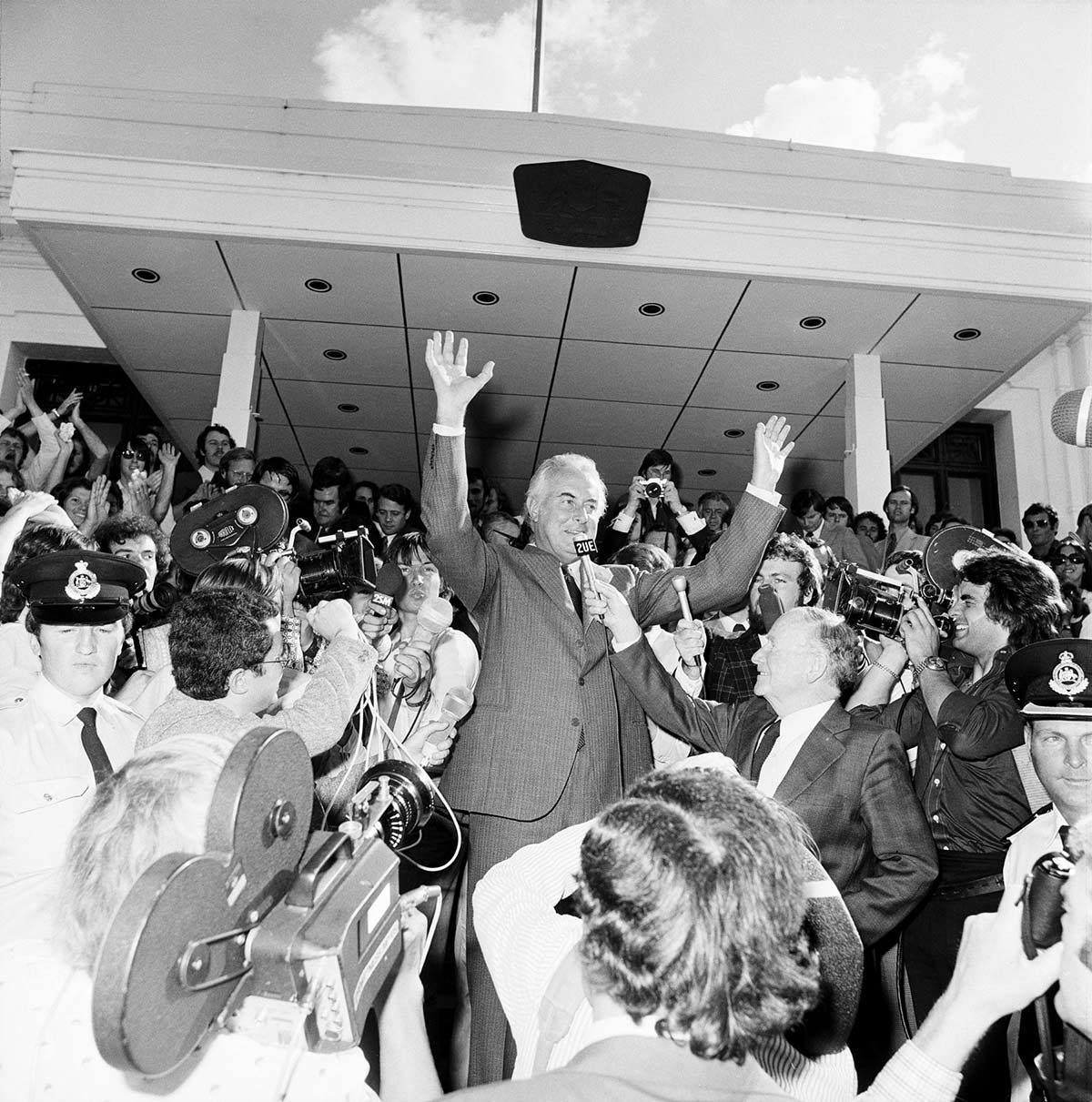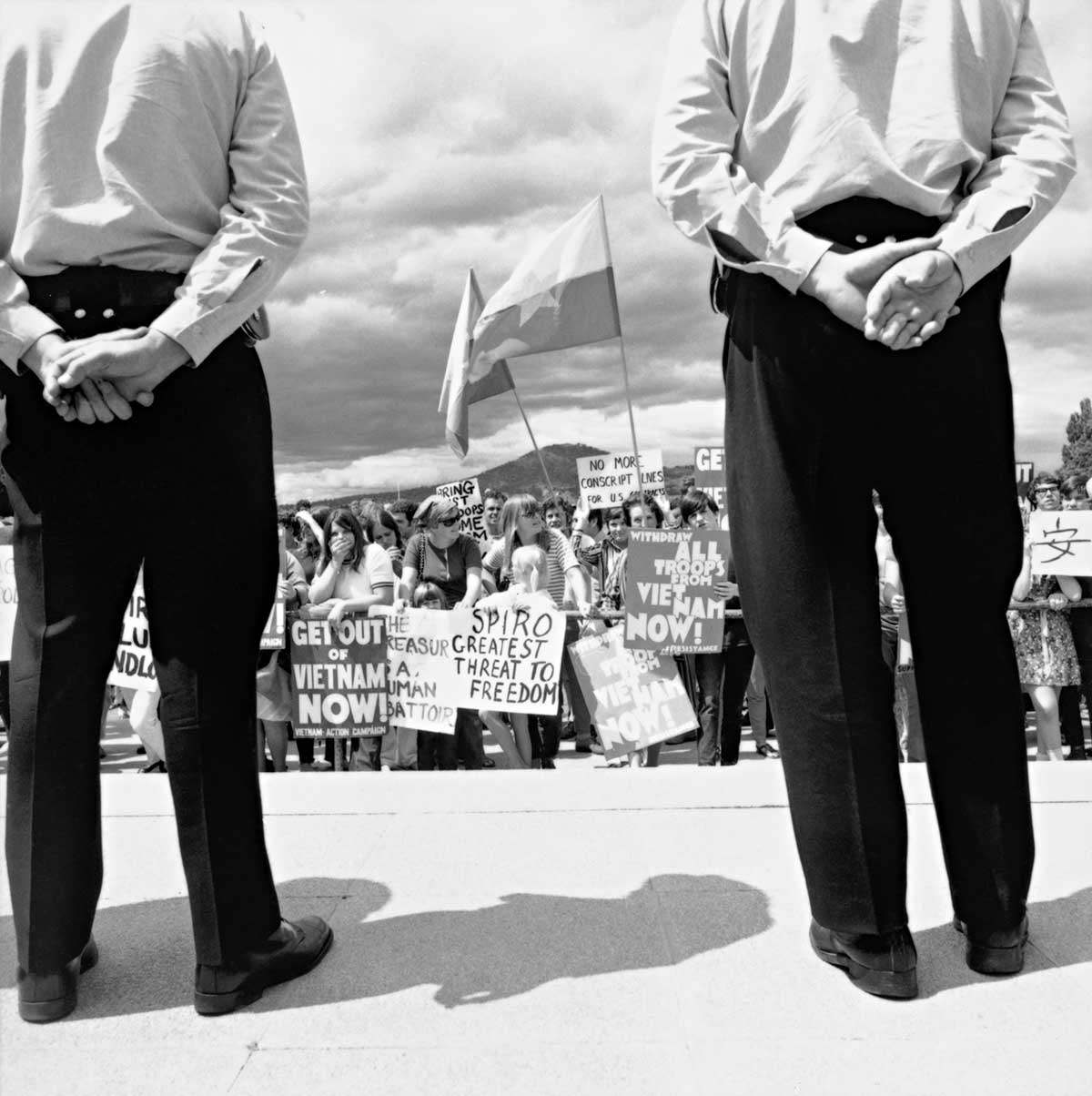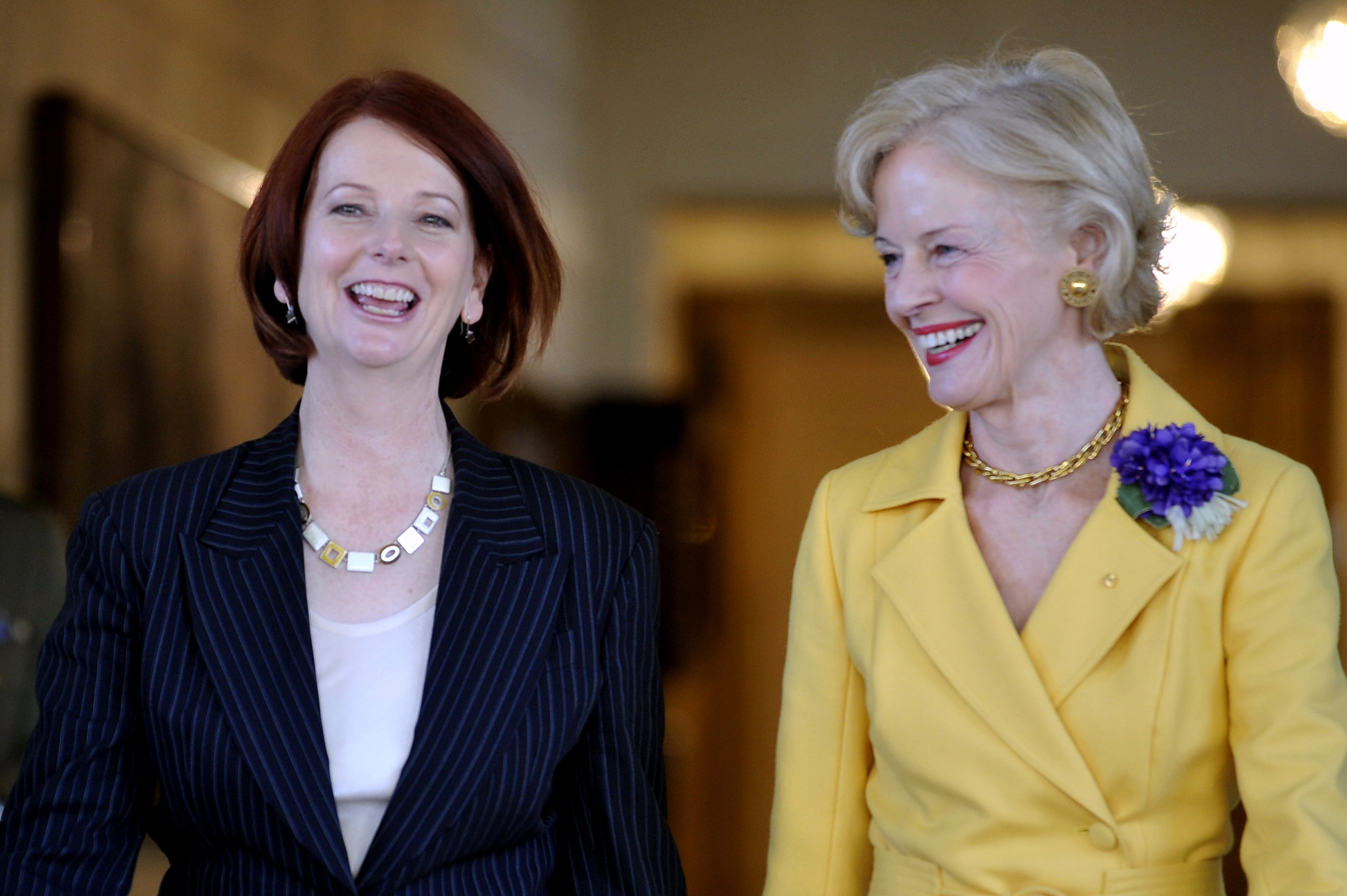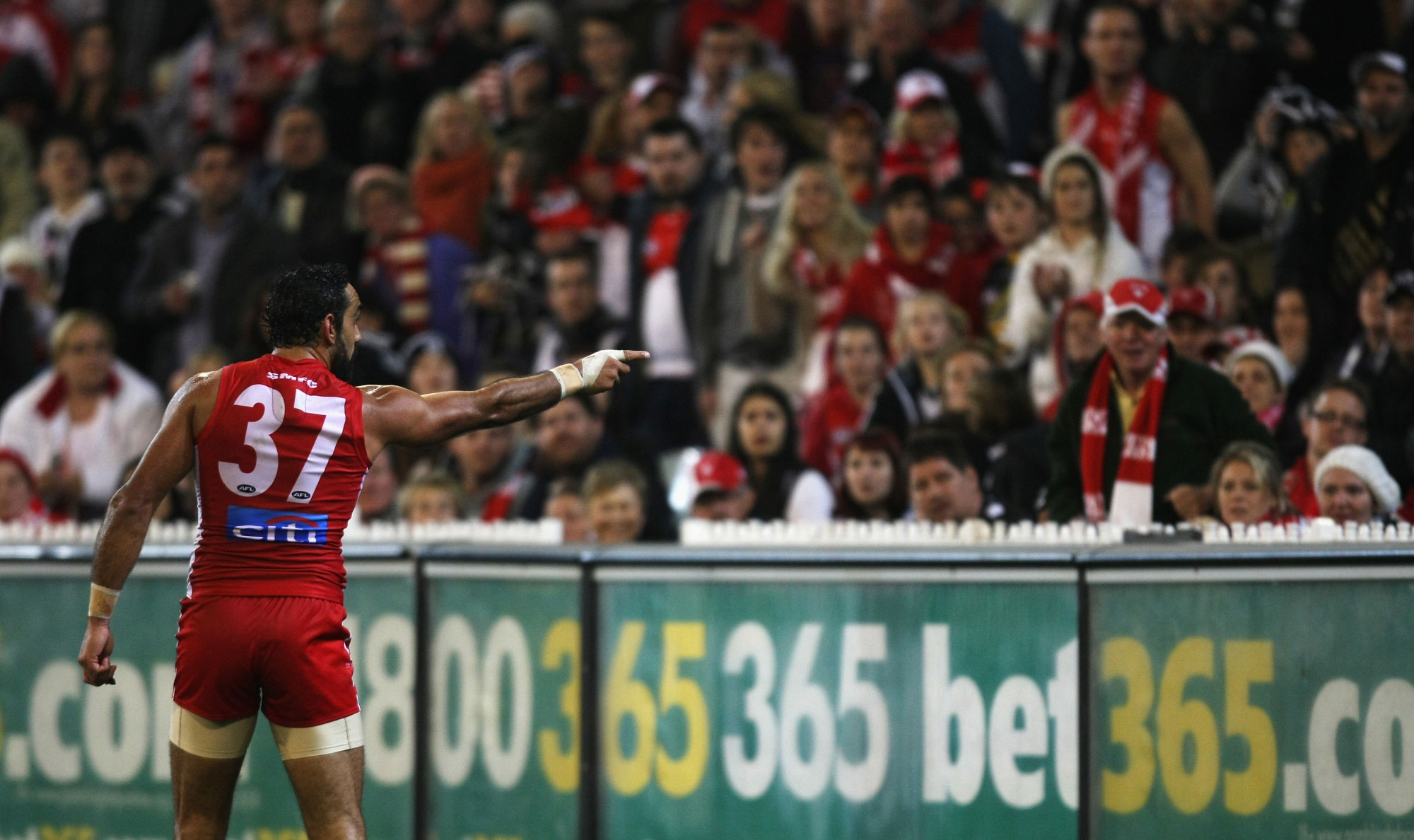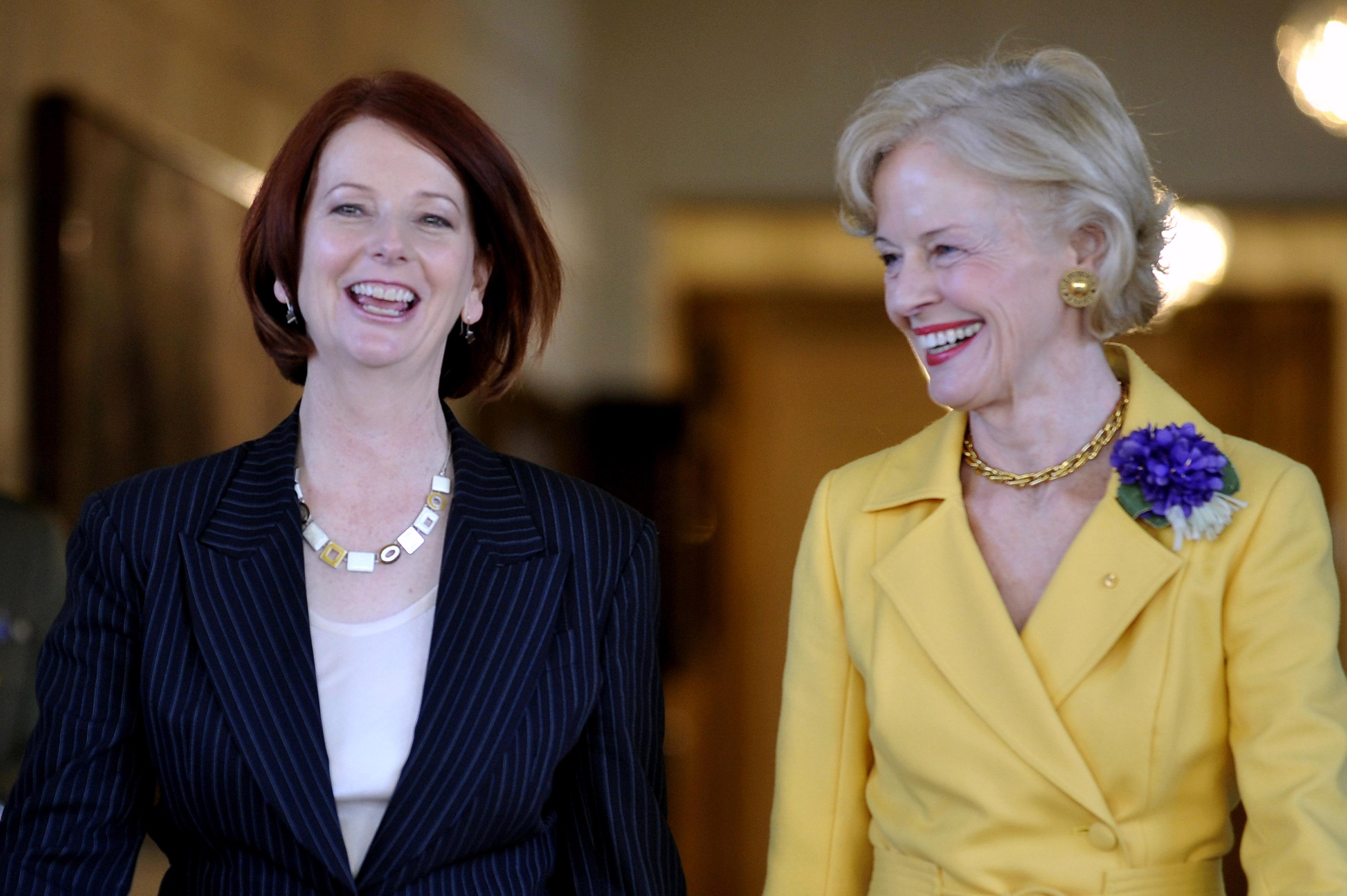Learning module:
Law and democracy Defining Moments
Balancing passion for change in a resilient democracy
4.4 Dismissing a Prime Minister

Australia’s democratic system involves decision-making by a government, which is scrutinised by an opposition.
Australia also has a Governor-General, who is the King or Queen’s representative in Australia. The Governor-General’s duties include:
- giving Royal Assent to bills passed by the Australian Parliament
- dissolving the Australia Parliament and starting the process for national elections
- acting as Commander-in-Chief of the Australian Defence Force.
But what happens if the Governor-General intervenes in the operation of Parliament? Can the democratic system continue to function? Will there be social conflict as a result of the political controversy? This is a situation that was tested in 1975.
Read the Defining Moment in Australian history: 1975 Governor-General dismisses Whitlam government and answer the questions below.
1. What positions did Gough Whitlam, Sir John Kerr and Malcom Fraser hold in the period 1972–75?
2. Why was the Whitlam Government controversial?
3. Who held a majority of seats in the Senate?
4. Why was this significant?
5. What was the crisis facing the Whitlam Government in 1975?
6. How was the crisis ‘resolved’ by the Governor-General?
7. What attitude would a supporter of the Whitlam Government take to this solution?
8. What attitude would an opponent of the Whitlam Government take to this solution?
9. How was the situation ‘resolved’ by an election?
10. What does the Whitlam dismissal tell you about Australian democracy as a resilient democracy and a cohesive society?






